History






















Management
Several improvements were made to the RCA Management during this period as well. One of the main developments was the formation of a Monitoring Committee for RCA Programme Development in 2012, following a proposal made at the 34th RCA NRM held in China. Dr. Frank Bruhn, the RCA National Representative of New Zealand, was appointed the Chair of this Committee, which was renamed the RCA Programme Advisory Committee (PAC) at the 42nd RCA GCM held in 2013. Following the appointment of Dr. Frank Bruhn as the Head of the TC Section of Quality Assurance of the IAEA, Dr. John Easey (AUL) was appointed the Chair of the PAC in 2014. Dr. Easey was succeeded by Dr. Prinath Dias (SRL), who was appointed in 2020.
The main function of the PAC was to assist in the development of the RCA Programme. Since its inception, the RCA PAC had assisted the RCA National Representatives to develop the biennial RCA TC Programmes by reviewing the pre-Concepts and Project Concepts submitted by the RCA GPs and has assisted the LCCs with project designs, in addition to several other tasks assigned to the PAC.
Another notable development was the appointment of a number of Working Groups important to the strategic management of the RCA. The Working Group on RCA Medium Term Strategy (MTS) for 2018-2023 was appointed at the 42nd RCA GCM held in Vienna in 2013. The WG comprised representatives of Bangladesh, China, Malaysia, Singapore, the Philippines, and Australia (as a Consultant). Dr. Alumanda Dela Rosa, who served as the RCA National Representative of the Philippines from 1998 to 2015 was appointed as the Chair of the WG on MTS.
The WG on MTS recommended the formation of a WG on Human Resources Development, a WG on Financial Gap Analysis and Resource Mobilization, and a WG on Medium Term Strategy Coordination (MTSC) to assist in the implementation of the RCA MTS. These WGs were approved at the 38th RCA NRM held in Mongolia in 2016. Dr. Syed Mohamed Hossain (Director HRD of Bangladesh Atomic Energy Commission), Mr. Steven McIntosh (NR of Australia), and Dr. Chris Daughney (NR of New Zealand),) Chaired the WGs on Human Resources, Financial Analysis, and MTS Coordination (MTSC), respectively. Later, Mr. Mark Alexander, the NR of Australia, succeeded Dr. Daughney as Chair of the MTSC. The current Chair of the MTSC is Dr. Yoshiko Okamoto of Japan
The RCA Medium Term Strategy for 2018-2023, prepared by the WG on MTS and approved at the 46th RCA GCM held in 2017, also contained the RCA strategic priority areas for this period. [21]. The WG on MTS Coordination carried out a baseline review of the RCA MTS for 2018-2023 after developing detailed guidelines for the review of the implementation of the MTS. The Mid-Term review of the MTS was carried out by the RCA Programme Advisory Committee according to these guidelines, at the request of the RCA GPs.
The RCA Regional Programme Framework (RPF) for 2024-2029, containing the RCA strategic priority areas for this period was prepared by RCA PAC, with the assistance of experts in the RCA Thematic Areas, following a survey conducted to identify the priorities and the needs of the RCA GPs. [22]. The RCA PAC also compiled the details of the RCA Technical Cooperation Projects implemented since 2007. [20] The RPF was approved at the 43rd RCA NRM held in 2021 as a virtual meeting (on account of the Covid-19 pandemic) hosted by Thailand. The TOR of the PAC was revised at the same NRM, making the PAC responsible for advising the RCA National Representatives on matters related to the development, implementation, monitoring, and evaluation of the RCA Programme.
RCA mechanisms were recognized as examples of ‘best practice’ in the first Agency’s Technical Cooperation Best Practice awards in January 2013.
The Regional Cooperative Agreement of 1987 was extended to another 5 years in 2012. A revised Agreement titled “The Regional Co-operative Agreement for Research, Development, and Training Related to Nuclear Science and Technology, 2017” was adopted in 2017. Unlike the Agreement of 1986, which was in force for periods of five years following extensions by RCA Government Parties, the Agreement of 2017 was of unlimited duration.
View All Management40th Anniversary of the RCA
An exhibition highlighting the achievements of the RCA over the past 40 years was held during the 34th RCA NRM held in the Peoples’ Republic of China in April 2012. The exhibits reflected the outcomes of RCA projects and other RCA activities in all Thematic Areas. Another exhibition and a Panel Discussion were held at the IAEA Headquarters in Vienna during the 56th General Conference of the IAEA held in September 2012. The exhibition, organized by the RCARO, was declared open by Dr. Yukiya Amano, the Director General of the IAEA.
The Panel Discussion was chaired by Dr. Anhar Riza Antariksawan, the NR of Indonesia, and the keynote address was made by Dr. Prinath Dias, former RCA Coordinator / Focal Person, under the topic, “RCA – Yesterday, Today and Tomorrow.” The other speakers were Ms. Heather Patterson (AUL), Prof. Liu Luxiang (CPR), Dr. Gursharan Singh / Dr. N. Ramamoorthy (IND), and Dr. Alumanda Dela Rosa (PHI), who spoke on RCA achievements in Human Health, Agriculture, Industry, and Environment, respectively.
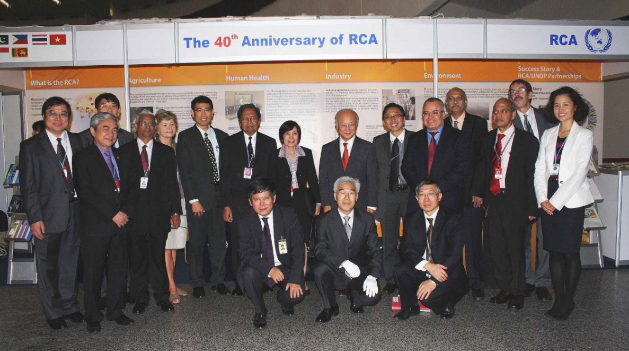
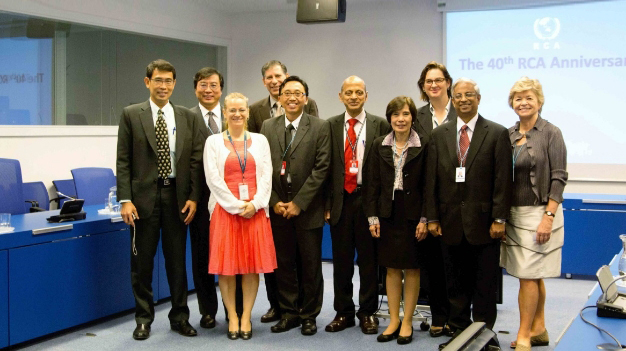
Projects
Forty six RCA Projects implemented under the Technical Cooperation Programme of the IAEA were initiated during this period, comprising 10 projects on agriculture, 9 on environment, 17 on human health, 5 on industry, 1 on Radiation Protection, and 4 on the development of TCDC.
The agricultural projects included mutation breeding of crop varieties adaptable to climate change, improving soil fertility and land productivity, use of food irradiation to improve food security, food safety, and authentication of foodstuffs. The projects in the environmental sector were on the investigation of groundwater dynamics, sustainable management of deep groundwater resources, assessment of the impact of air particulate matter on urban air quality, assessment of the effect of sea-level rise due to climate change on coastal areas, and on the management of wetlands.
The projects on human health included 3D image-guided brachytherapy, stereotactic body radiation therapy (SBRT) for cancer treatment, hybrid nuclear imaging of cancer patients, nuclear medicine for cardiovascular diseases, intensity-modulated radiation therapy (IMRT), training of medical physicists, and the production of cyclotron based radiopharmaceuticals. The distance learning programs in nuclear medicine and radiation oncology developed through previous RCA projects were further developed and updated.
The projects in the industrial sector were on optimizing process dynamics in industrial systems using radiotracer and sealed source techniques, advanced non-destructive examination for industrial safety, and the development of advanced grafted materials by radiation technology. The project on radiation protection was on responding to radiological emergencies of Category II and III facilities.
38 projects, including projects that were initiated during the previous decade, were completed during this period. 18 out of the 46 projects initiated during this period were under implementation at the end of this period and 5 projects were awaiting closure.
RCA Chairpersons
Dr. Feng Dongxin (Peoples’ Republic of China), Dr. Khin Maung Latt (Myanmar), Dr. Chris Daughney (New Zealand), Dr. Syed Shaukat Hasan (Pakistan), Dr. Mavag Chadraabal (Mongolia), Engr. Jafar Sadique (Bangladesh), Dr. Kim Young Eun (Republic of Korea), Mr. T.M.R. Tennekoon (Sri Lanka), Dr. Abdul Muin Abdul Rahman (Malaysia) and Dr. Suchin Udomsomporn (Thailand) served as RCA Chairpersons during this period.
IAEA Personnel

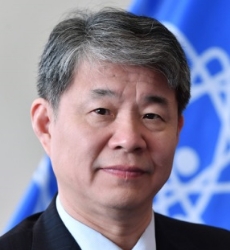
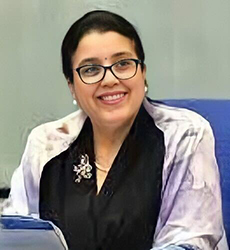
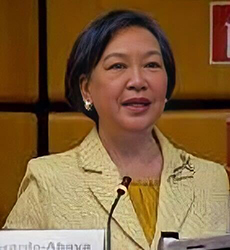
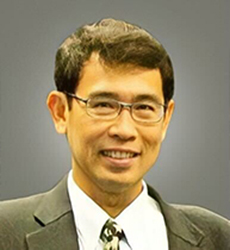
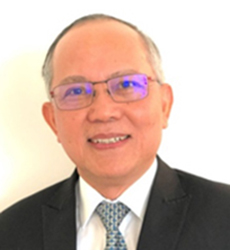
Mr. Kesrat Sukasam (2011 - 2013) and Dr. Hoang Van Sinh (from 2014) functioned as RCA Focal Persons during this period. Dr. Ali Boussaha (2012 - 2014), Dr. Najat Mokhtar (2015 - 2018), and Dr. Jane Gerado-Abaya (from 2019) were the Directors of the TC Division for Asia and the Pacific. Dr. Kwaku Aning (2011 - 2015), Dr. Dazhu Yang (2016 - 2021), and Dr. Hua Liu (from 2021) were the Deputy Director Generals and the Heads of the Department of Technical Cooperation during this period.


